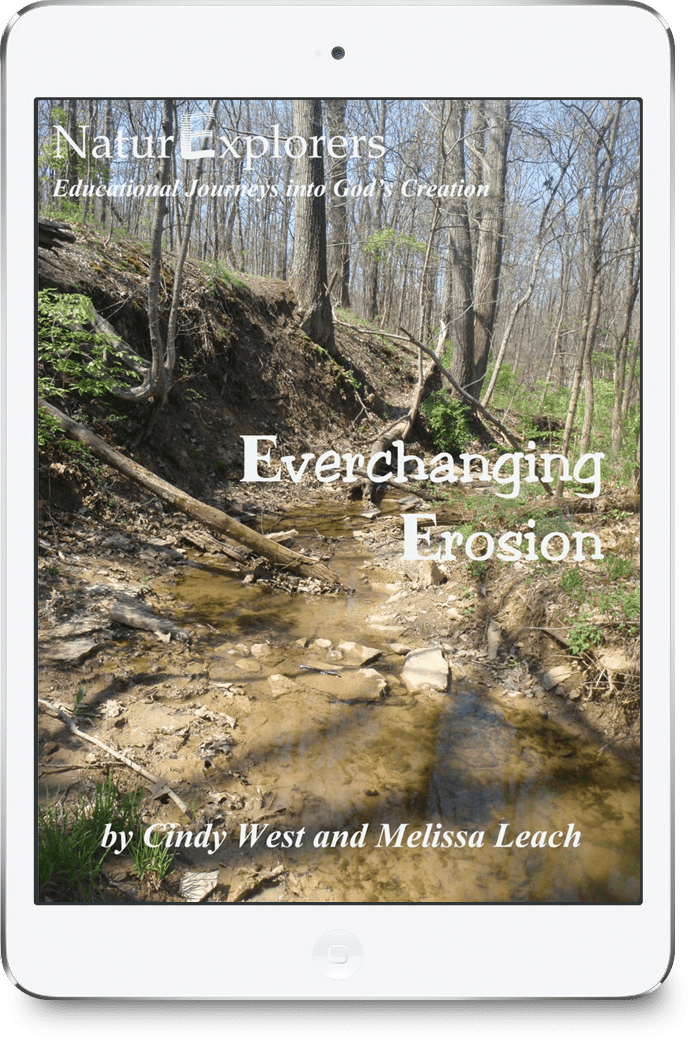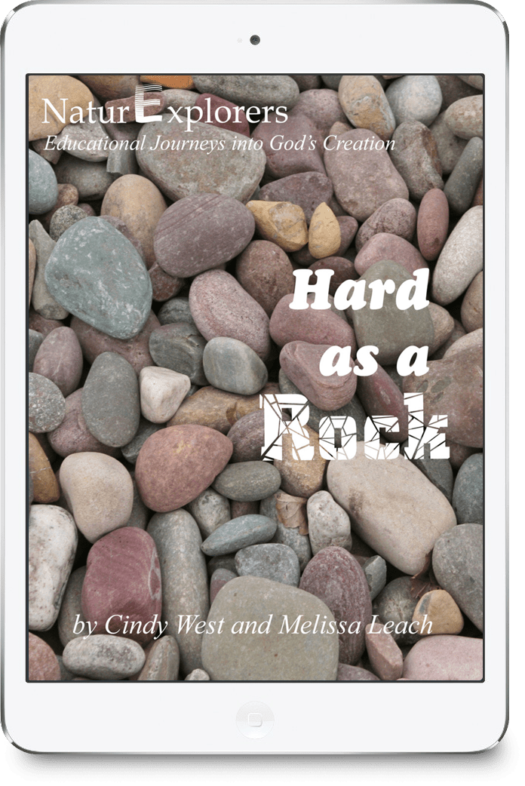Sedimentary Rocks Nature Study
Let’s have a rockhound adventure with a sedimentary rocks nature study today!
What’s a rockhound you ask? That’s the nickname given to a geologist or the name given to an amateur rock collector. Since I doubt many of us have gone to school to become geologists yet, we are amateurs. If you’ve never collected rocks and wouldn’t even consider yourself a rockhound, now is your chance to become one.
Sedimentary Rocks Nature Walk Supplies
Let’s start with the nature walk challenge today so that you can head out the door in search of special sedimentary rocks, while I describe to you what to look for.
Grab a nature journal and just a plain old pencil this week. That’s all you need. Now, if you’d like to bring along a camera too, it sure can be fun taking pictures of the things you find in sedimentary rocks.

This post contains affiliate links.
Where To Find Sedimentary Rocks
Now that you have your supplies gathered, let’s head out the door! But, exactly where are we headed? Well, it kind of depends on where you live in the world. Some areas are full of sedimentary rocks and in others it’s not quite so easy to find them.
If you know you have sedimentary rocks in your area, you’re just going to a place where you can easily see rocks. I tend to find it especially easy to find them around a creek or a pond. Sometimes, you can find them in big fields or on trails in the woods, but it’s definitely easier to find them nearby some water – even sometimes digging into the water a little bit.
Be safe when you do that! We never, ever, ever go around water without adult supervision. And parents, if you take a nature walk around water, be sure that it’s safe to be in or near it. Safety is always your number one rule when on nature walks.
If you don’t think you’re going to be able to find sedimentary rocks where you live, I would suggest maybe looking for some concrete, like a sidewalk or a driveway. Cement is a type of manmade sedimentary rock.

Sedimentary Rocks Nature Study
In the term sedimentary. Do you hear the word sediment? If you’ve ever added some soil to a water bottle and shaken it up, the stuff that eventually settles at the bottom of the bottle is known as sediment. Depending on the soil that you dropped into the water, you might find rocks or shells, bug exoskeletons, dead plants, or other things in the bottom of that water bottle.
In nature, you can find sediment settled on the bottom of bodies of water like ponds, rivers, and oceans. Things are picked up by running water, like a creek, and then they are moved along as the water flows. At some points, the water slows down and all of that sediment is dumped there. Over time, the sediment that’s dumped can settle and harden into what we call a sedimentary rock.
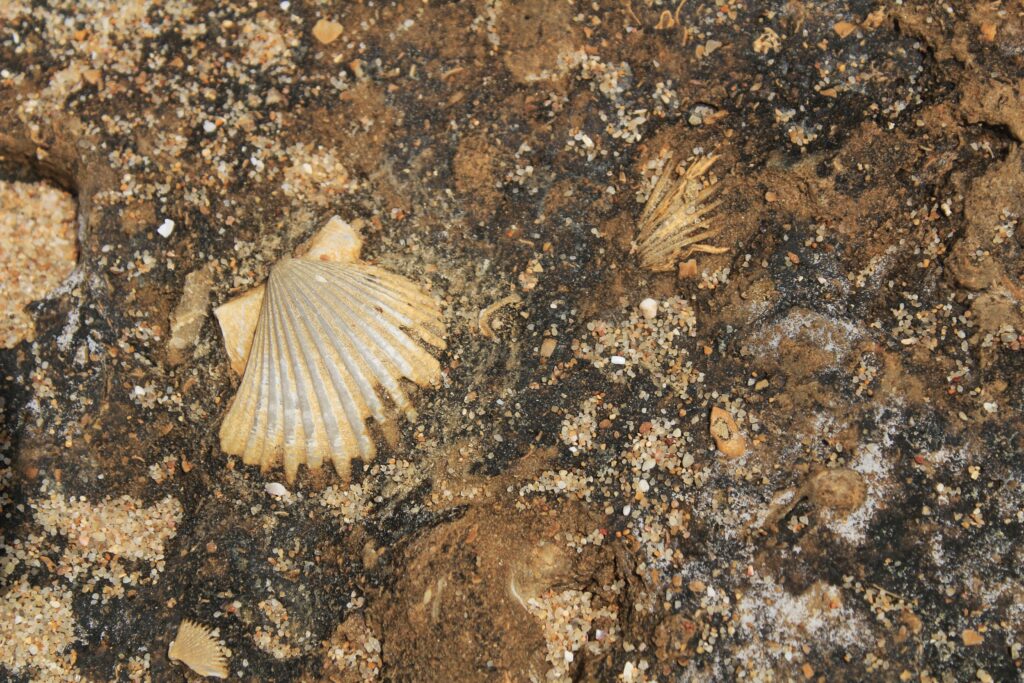
Now, if you know anything about rocks already, you might know that they are categorized into three basic groups. Sedimentary is one of those groups. The other two are igneous and metamorphic.
Igneous rocks are formed deep inside the earth. It gets really hot down there. Hot enough to melt rock sometimes. When rock melts and then cools again underground, we categorize the cooled rock as igneous rock. Also, when melted rock called magma comes to the surface of the earth (like in a volcano,) and cools and hardens again, we categorize that as igneous, too.
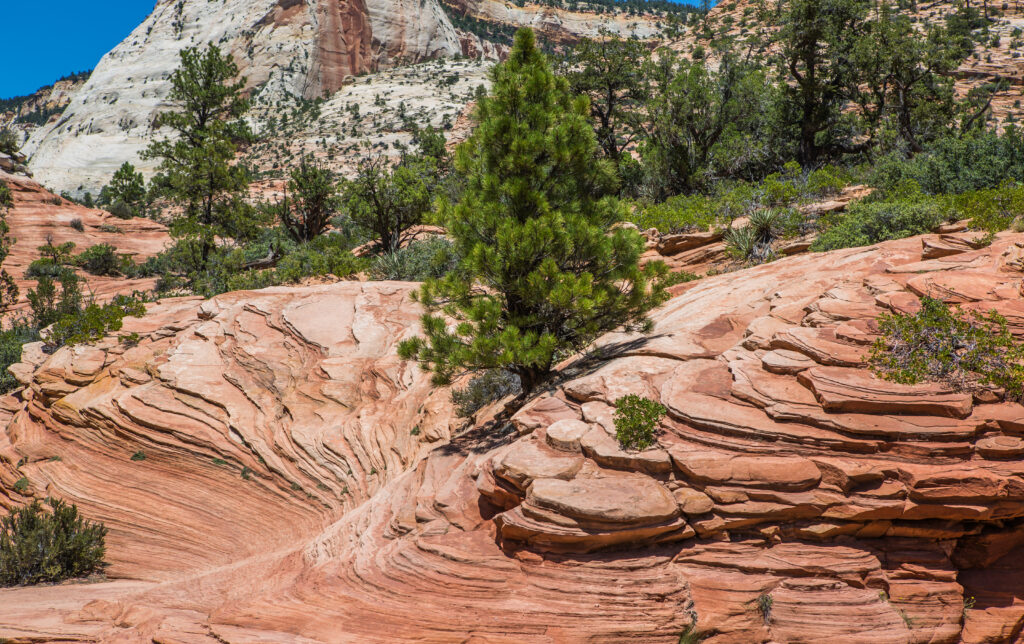
Metamorphic rocks are formed when one type of rock is changed to another type because of a lot of heat and a lot of pressure. For example, when limestone is put under a lot of heat and pressure underground, it can change into a beautiful marble rock.
That limestone that I just mentioned is plentiful where I live in Kentucky. It happens to be a great example of sedimentary rock and sedimentary rocks are the kind you’re on the hunt for today!
You probably won’t be surprised to know that sedimentary rocks have sediment in them. They are rocks that are formed when a bunch of sediment becomes cemented together after being under pressure for a while – along with things like silica that has dissolved in the water and clay, which is a type of soil.
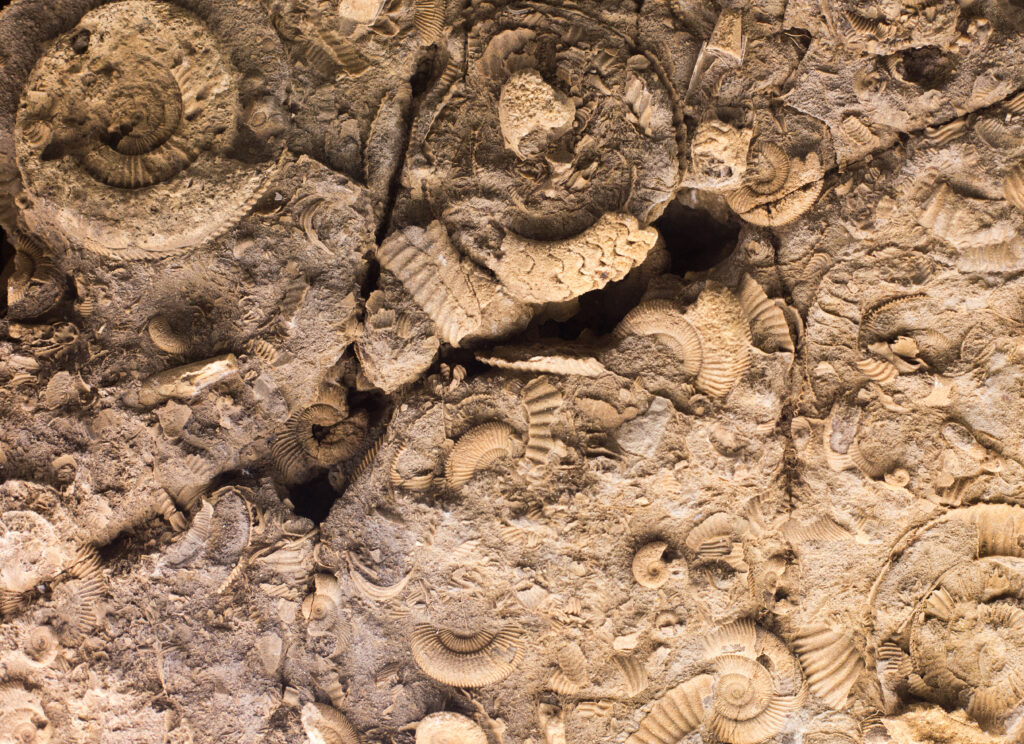
Rocks in the sedimentary category are pretty easy to identify. If you rub one and it looks like grains of sand fall off, you’ve probably found a sedimentary rock. If you find rocks that look like they’re laying on top of each other in layers, you’ve probably found type of sedimentary rock.
They aren’t nearly as solidified as igneous or metamorphic rocks because they’re made of a bunch of different materials. You can often even see some of the sediment like smaller rocks or shells, or even imprints of shells or plants, which would be called fossils.
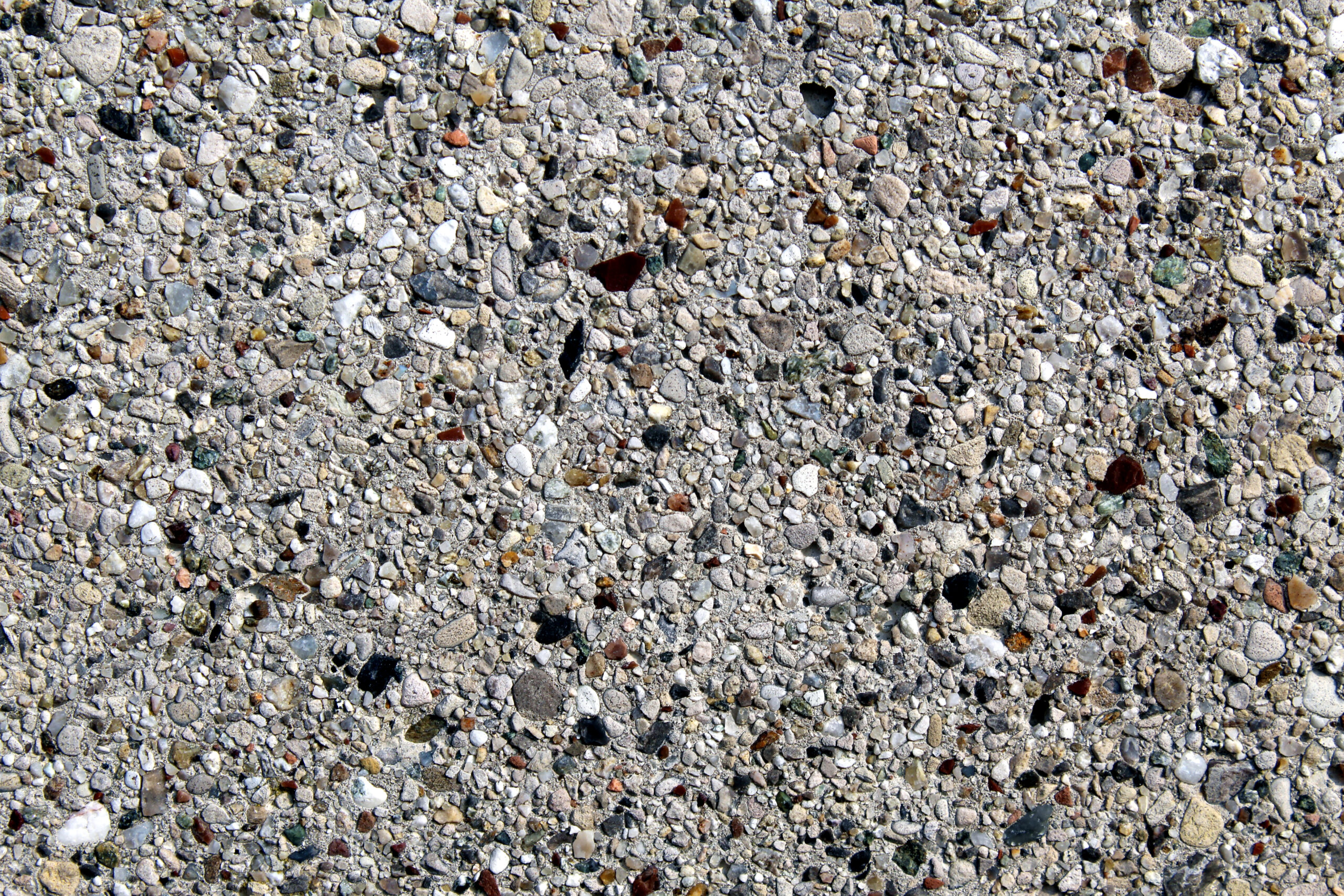
Sedimentary Rocks Nature Walk Challenge
Sketch the rocks that you find and try to add as much detail as possible. You’re not worried about getting all the colors right today. Instead, notice specific sizes, shapes, and the sediments that you’re able to see. Look particularly for the sediments and try to represent each one of them to the best of your ability within your sketch in your nature journal.
If you want to share today’s nature journal page with me, parents can post them on social media and tag me @ourjourneywestward. I would love to see them!
Next week we will be learning about very busy ants. Until then, happy nature exploring!
Links & Resources
Please leave a rating or a review on your podcast app! It helps the podcast to show up for more people…which means more families can enjoy science through the wonderful lens of nature study! Thank you!


